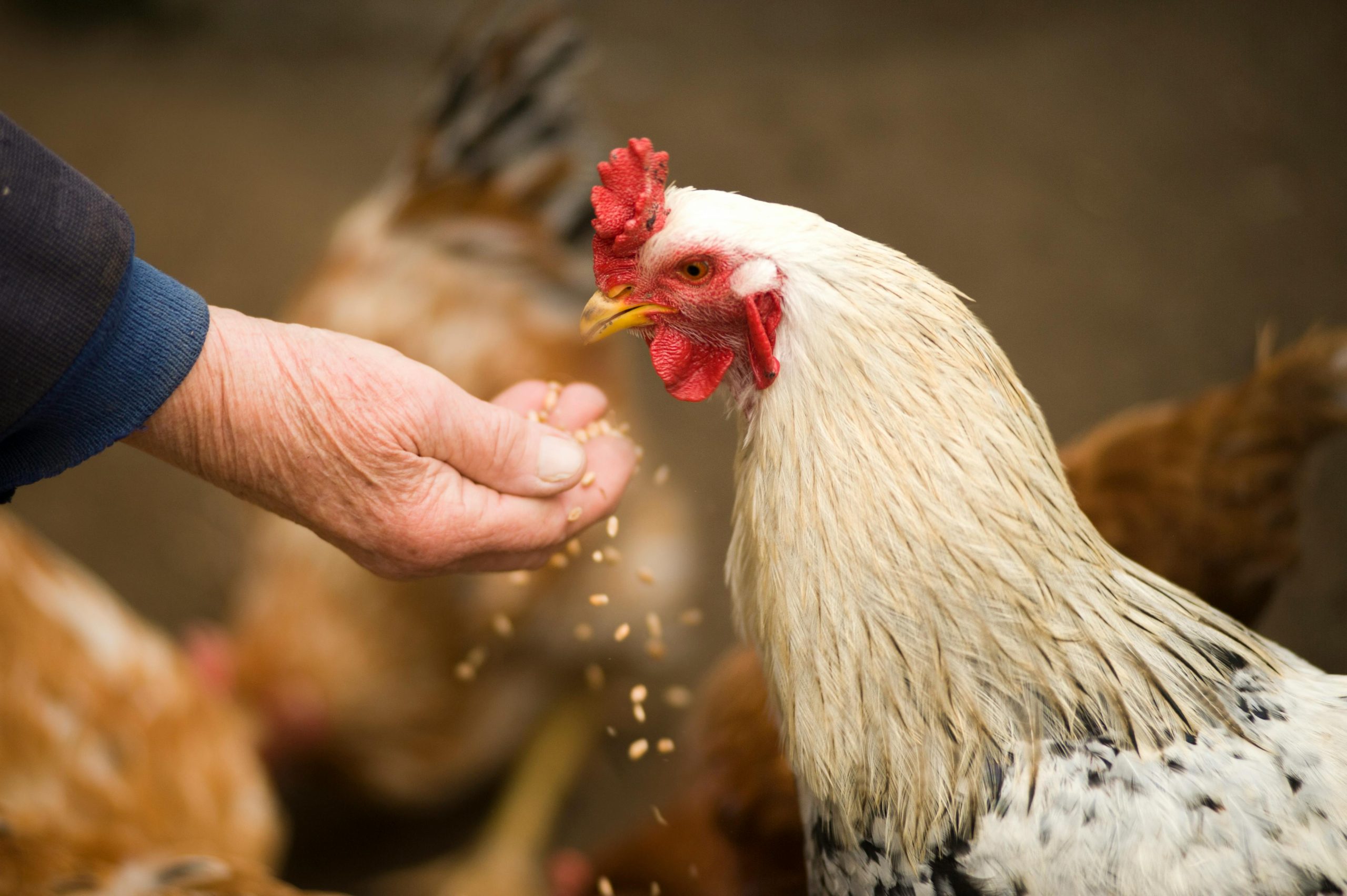Introduction
As the Highly Pathogenic Avian Influenza (HPAI), commonly known as bird flu, continues to affect poultry and, in rare cases, humans across the United States, Pennsylvania officials are implementing stringent measures to prevent potential outbreaks within the state. While no human cases have been reported in Pennsylvania to date, the recent surge in infections in other states has prompted proactive steps to safeguard public health and the state’s vital poultry industry.
Current Situation in Pennsylvania
In January 2025, the Pennsylvania Department of Agriculture confirmed the state’s first HPAI case of the year in a commercial poultry farm in Lehigh County, affecting a flock of 50,000 layer chickens. The detection led to immediate quarantine measures and the culling of the infected birds to prevent further spread. Despite this incident, there have been no reported human infections in Pennsylvania. State officials emphasize that the virus has not been detected in dairy cattle within the state.
Rising Human Cases in Other States
Nationally, the Centers for Disease Control and Prevention (CDC) reported 66 human cases of H5N1 bird flu in the United States in 2024, including one fatality in Louisiana. These cases have primarily been among individuals with direct exposure to infected poultry or contaminated environments. The CDC continues to assess the risk to the general public as low but remains vigilant in monitoring the situation.
Preventative Measures Implemented
In response to the potential threat, Pennsylvania has escalated its surveillance and biosecurity protocols. The Department of Agriculture, in collaboration with the U.S. Department of Agriculture (USDA), has formed a state and federal interagency task force dedicated to monitoring and controlling avian influenza outbreaks. This task force is responsible for enforcing quarantines, overseeing the culling of affected flocks, and conducting thorough investigations to trace and contain the virus.
Additionally, healthcare facilities in regions like the Lehigh Valley are preparing for potential human cases. Hospitals have been instructed to test patients presenting with severe respiratory symptoms for avian influenza, especially if they have a history of contact with poultry. This proactive testing aims to ensure early detection and treatment, thereby reducing the risk of severe outcomes.
Public Health Guidance
Health authorities advise the public to exercise caution when handling poultry and to adhere to proper cooking practices. The CDC recommends cooking poultry and eggs to an internal temperature of at least 165°F (74°C) to eliminate any potential virus presence. Consumers are also urged to practice good hygiene, such as washing hands thoroughly with soap and water after handling raw poultry products.
For those involved in poultry farming or processing, the USDA’s “Defend the Flock” program offers comprehensive resources on implementing effective biosecurity measures. These guidelines are designed to prevent the introduction and spread of avian influenza within flocks, emphasizing the importance of cleanliness, controlled access to poultry areas, and regular health monitoring of birds.
Economic Implications
The poultry industry is a significant contributor to Pennsylvania’s economy. An outbreak of avian influenza can lead to substantial economic losses due to the culling of infected flocks, trade restrictions, and decreased consumer confidence. By implementing rigorous preventive measures, the state aims to protect both public health and the economic well-being of its agricultural sector.
Conclusion
While Pennsylvania has not reported any human cases of H5N1 bird flu, the state’s proactive approach reflects a commitment to preventing potential outbreaks. Through enhanced surveillance, strict biosecurity measures, and public education, officials strive to mitigate the risks associated with avian influenza. Residents are encouraged to stay informed through official channels and to follow recommended guidelines to protect themselves and their communities.
(Source : health.com)


